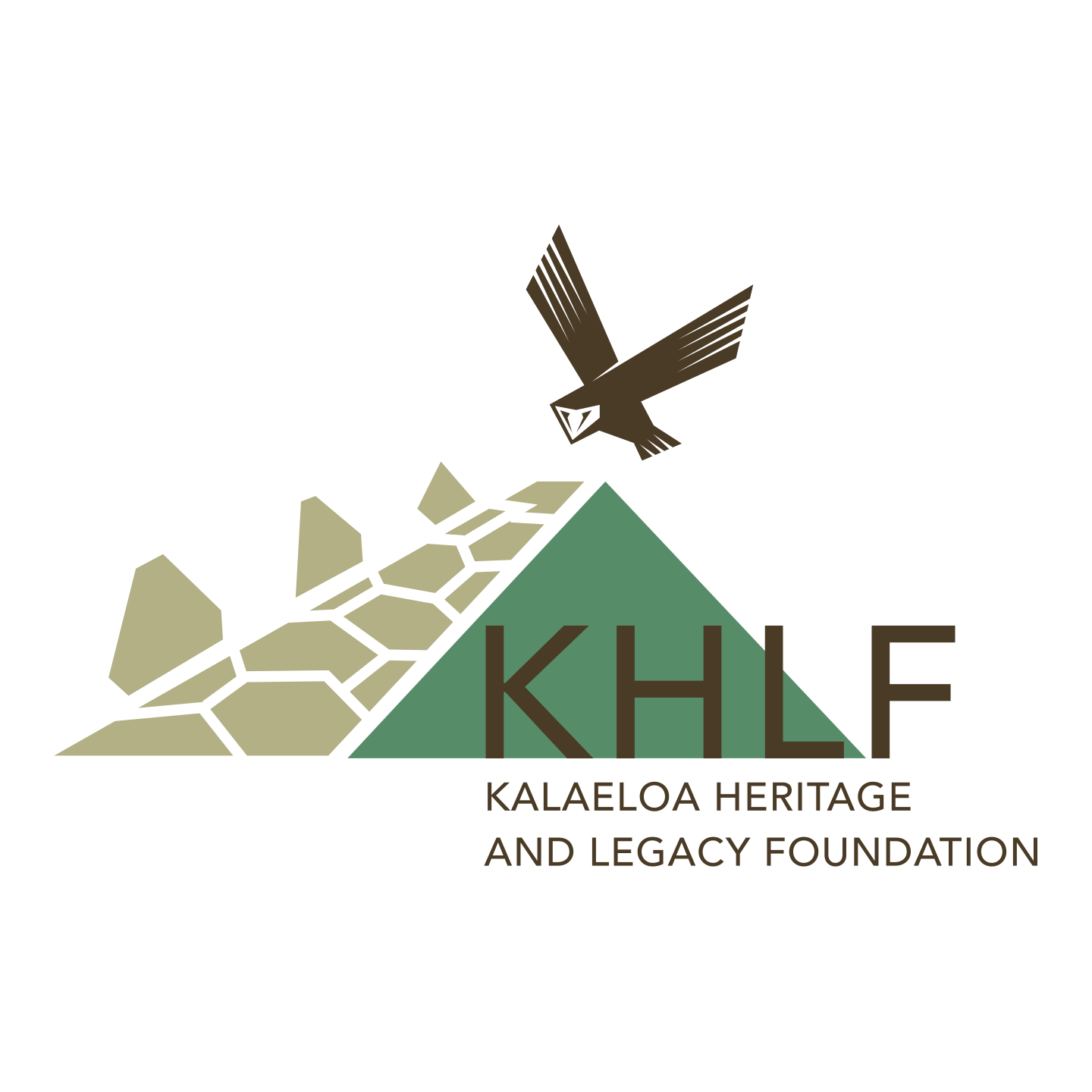The Land Belongs to the Sea
 The Land Belongs to the SeaBy Jan BecketIn 1773, at the age of 15, Kahahana, a descendant of Kuali‘i, was chosen by the O‘ahu moku chiefs to become Ali‘i Nui. A few years later, Kahahana ordered the slaying of his own Kahuna Nui, Ka‘opulupulu, along with Ka‘opulupulu’s son, Kahulupe.It is recorded that just before Kahulupe was slain, he attempted to flee into the ocean. His father called out, “I nui ke aho a moe i ke kai!” Take a deep breath and give your body to the sea. As his son died, Ka‘opulupulu then uttered a prophecy that has been interpreted as foretelling the chain of events ending with the coming of foreign ships a very few years later, and the subsequent loss of Hawaiian sovereignty: “No ke kai ka hoi ua aina.” This land is the sea’s.The prophecy did indeed come true, for Kahahana’s defeat arrived on the ocean. The slaying of the last Kahuna Nui of O‘ahu led directly to Kahekili‘s subsequent conquest of the weakened kingdom of O‘ahu in 1783. That, in turn, led to the conquest of Kahekilli‘s son, Kalanikupule, by Kamehameha I in 1793 — a conquest that also came from the ocean. However, the prophecy continues to unfold even now, 130 years later.Much of O‘ahu was covered in water in the early Holocene era, far before the arrival of humans — up to a depth of 150 feet above the current level. A series of measurements taken here in Hawai‘i at the top of Mauna Kea over the past 40 years confirm that the Earth is now permanently beyond 400 parts per million of atmospheric CO2, and that it is too late to avoid severe consequences. Among those consequences are vastly higher sea levels, a return to the levels of the early Holocene. Polynesians built structures of basalt, but in just a few places on O‘ahu used sedimentary limestone that had formed under water in the early Holocene. A precious few of these limestone structures still exist. These few wahi kūpuna, then, take on new meaning for everyone in Hawai‘i as potent affirmations of Ka‘opulupulu’s prophecy, reminders that the sea comes again to reclaim much of Hawai‘i: the land is indeed the sea’s.Jan Becket is a retired Kamehameha Schools English Teacher. He also taught photograph whose works has appeared in Art Shows around the world. Here are a few of his photos of the limestone (coral) structures at the Kalaeloa Heritage Park.
The Land Belongs to the SeaBy Jan BecketIn 1773, at the age of 15, Kahahana, a descendant of Kuali‘i, was chosen by the O‘ahu moku chiefs to become Ali‘i Nui. A few years later, Kahahana ordered the slaying of his own Kahuna Nui, Ka‘opulupulu, along with Ka‘opulupulu’s son, Kahulupe.It is recorded that just before Kahulupe was slain, he attempted to flee into the ocean. His father called out, “I nui ke aho a moe i ke kai!” Take a deep breath and give your body to the sea. As his son died, Ka‘opulupulu then uttered a prophecy that has been interpreted as foretelling the chain of events ending with the coming of foreign ships a very few years later, and the subsequent loss of Hawaiian sovereignty: “No ke kai ka hoi ua aina.” This land is the sea’s.The prophecy did indeed come true, for Kahahana’s defeat arrived on the ocean. The slaying of the last Kahuna Nui of O‘ahu led directly to Kahekili‘s subsequent conquest of the weakened kingdom of O‘ahu in 1783. That, in turn, led to the conquest of Kahekilli‘s son, Kalanikupule, by Kamehameha I in 1793 — a conquest that also came from the ocean. However, the prophecy continues to unfold even now, 130 years later.Much of O‘ahu was covered in water in the early Holocene era, far before the arrival of humans — up to a depth of 150 feet above the current level. A series of measurements taken here in Hawai‘i at the top of Mauna Kea over the past 40 years confirm that the Earth is now permanently beyond 400 parts per million of atmospheric CO2, and that it is too late to avoid severe consequences. Among those consequences are vastly higher sea levels, a return to the levels of the early Holocene. Polynesians built structures of basalt, but in just a few places on O‘ahu used sedimentary limestone that had formed under water in the early Holocene. A precious few of these limestone structures still exist. These few wahi kūpuna, then, take on new meaning for everyone in Hawai‘i as potent affirmations of Ka‘opulupulu’s prophecy, reminders that the sea comes again to reclaim much of Hawai‘i: the land is indeed the sea’s.Jan Becket is a retired Kamehameha Schools English Teacher. He also taught photograph whose works has appeared in Art Shows around the world. Here are a few of his photos of the limestone (coral) structures at the Kalaeloa Heritage Park.


